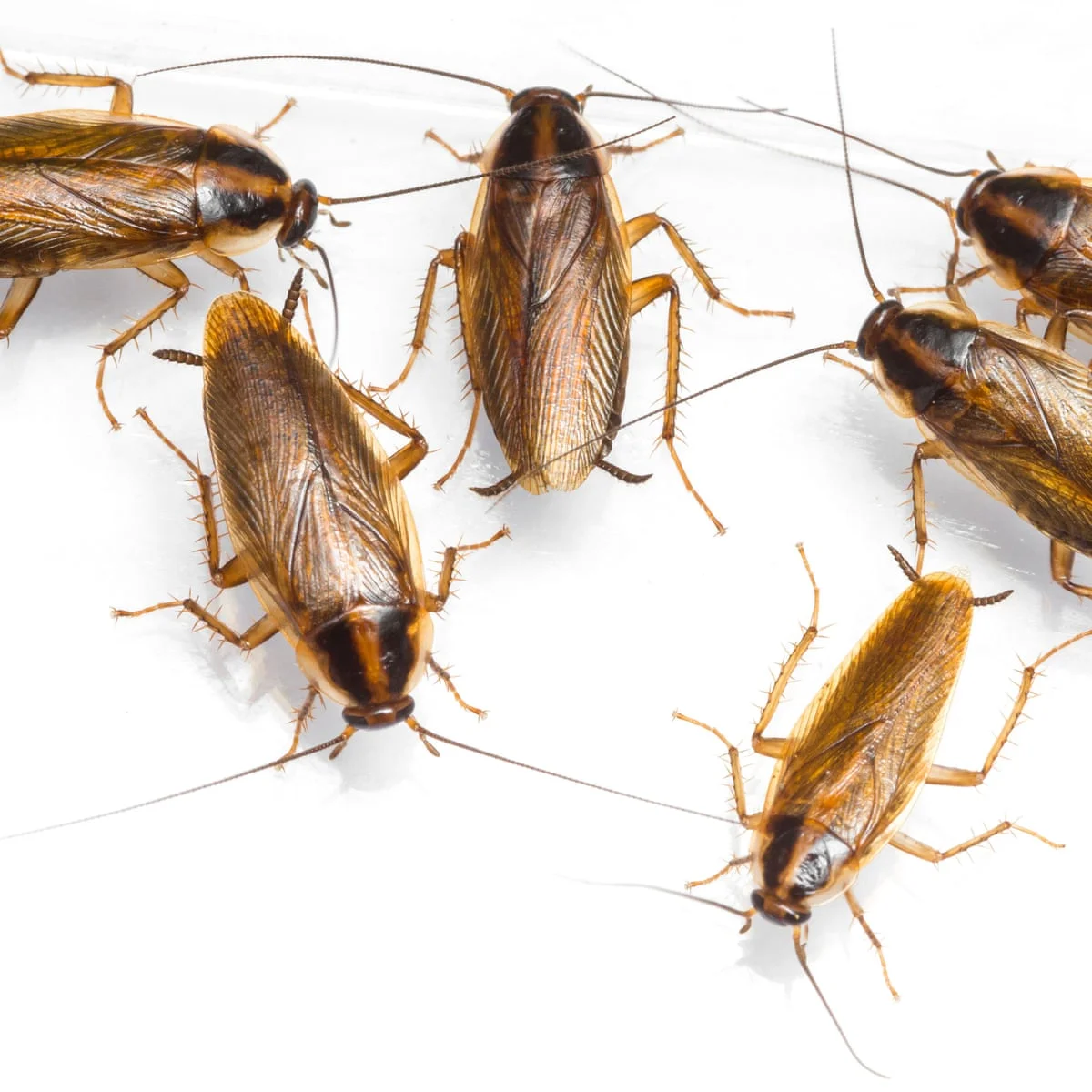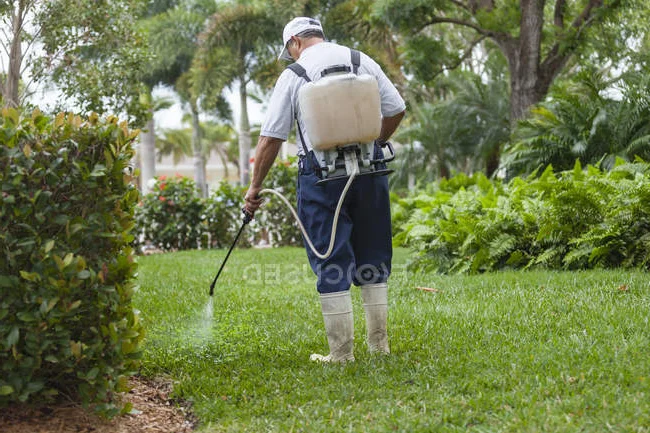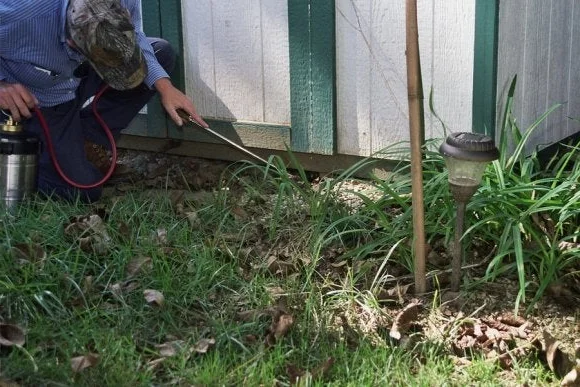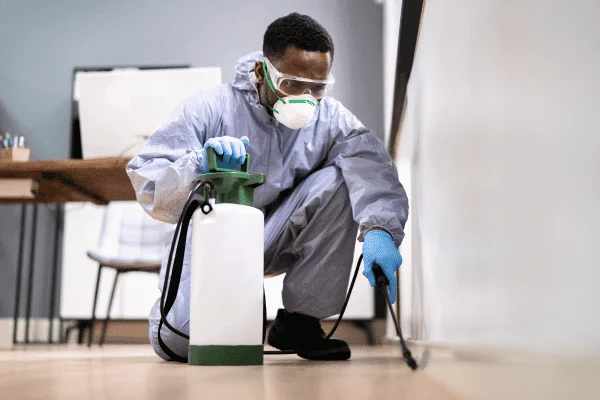Silverfish are wingless insects measuring 1/2 to 3/4 inches in length with a distinctive torpedo-shaped body covered in silvery scales that give them their metallic appearance. They have three long, thread-like tails at the rear of their body and two long antennae at the front. Their fish-like swimming motion when they move quickly gives them their common name. These primitive insects belong to one of the oldest insect orders and have remained virtually unchanged for millions of years.
Understanding silverfish biology is crucial for effective control. They prefer temperatures between 70-80°F and humidity levels above 75%, which explains why they're commonly found in bathrooms, basements, kitchens, and other moisture-rich areas. Silverfish are extremely long-lived insects, with adults surviving 2-8 years under favorable conditions. They can survive months without food and are capable of digesting cellulose, making them particularly destructive to paper products, books, and fabrics.
















